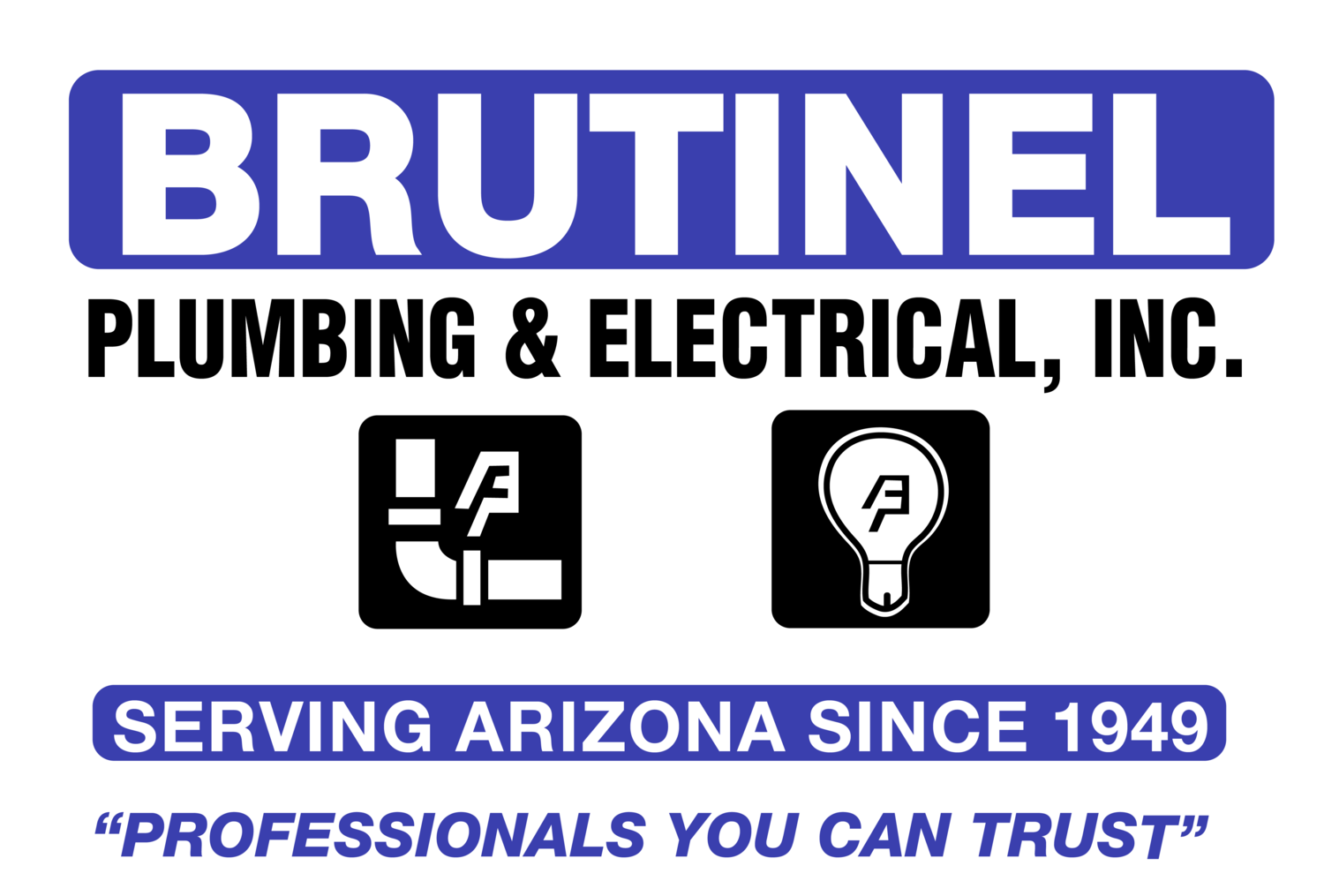What Are the Most Common Causes of Plumbing Leaks?
Few things are more annoying and frustrating than having a plumbing leak in your home. It’s especially daunting if you’re not sure exactly where it’s coming from– after all, most pipes are hidden from public view, typically behind walls you can’t see into unless you have Superman’s X-ray vision.
With water leaks in the home you obviously want to get them “taken care of” as soon as possible to avoid damage and mold growth. That said, what are some common reasons pipes and fixtures tend to leak in the first place?
Broken Seals
First, consider seals that are broken. No, not the marine animals you find on the docks in San Fran– pipe seals are what get wrapped around water connectors. They should normally be tight enough to not let any water get out, but when seals wear down or become broken, then you’re likely to experience leaks. This often happens around dishwasher doors, toilets, and any appliances you find puddles underneath.
Clogged Pipes
Next, there’s the classic “clogged lines” problem. Imagine your pipes are like highways filled with cars. When there’s a traffic jam because someone put a banana peel down the toilet or an action figure down the kitchen sink drain, then pipes have problems. Oftentimes clogs lead to overflowing, bursting pipes.
Corrosion of Pipes
What about corrosion? The older a plumbing system is, the more likely it’ll experience some form of corrosion, which can include rust. Corrosion essentially eats away at your pipes. Next time you’re looking at your pipes, look for any noted discoloration or warping, as that could indicate corrosion– and that needs to be addressed.
Disjointed Pipes
How about pipe joints? Where pipes connect and/or turn, at their joints, you’re looking at the weakest part of the line. Just like our knees wear out, pipe joints can, too. When pipe joints deteriorate, you’re likely to experience pipe leaks right there. One way to know something’s wrong is to listen for a “banging” or “ticking” noise when you turn on your hot water. This could indicate your pipe joints are stressed and in need of repairs or replacements.
Distressed Pipes
Do you have high water pressure in your house? While it may feel great to take a “strong shower” every day, keep in mind that high water pressure puts stress on pipes, which could cause them to ultimately leak. A professional can measure your water pressure if you think it’s too high and needs to be adjusted.
Check the water connectors on your appliances. If and when they become loose, you’ll have a leak. For example, water is hooked up to your washing machine to do laundry. That machine tends to shake when it’s in its spin cycle. That shaking can loosen the water connector, thus causing a leak.
Exterior Issues
How about outside the house? Outside there are tree roots to contend with, and they do not play nice with pipes. You see, roots have a way of trying to overtake pipes– they might even find a way “into” the pipes because they’re looking for a water source– nasty roots, right?! Plumbers can check for root intrusions, and they often do when there are trees/plants close to the home, there’s a sudden, unexpected drop in water pressure, and/or sinkholes appear in the yard.
Also, outside the house, you’ve got rapid temperature changes to deal with– from near freezing to boiling hot, right? Pipes will expand and contract depending on the temperature. This can cause cracks in the pipes over time, especially when there are freezing cold temperatures. Pipes can also crack if and when your home’s foundation settles and/or shifts over time, moving “everything” with it.
General Signs You Have a Plumbing Issue
So, what are some general signs to look for to catch pipe problems before they cost you a boatload of money? Look for rust, buckling, drips, puddles, and water stains.
Should you have a plumbing emergency, it’s a good idea to have a five gallon bucket on hand to catch leaking water. You should also have a plunger, adjustable wrench, pliers, multi-bit screwdriver, Allen keys, duct tape, Teflon tape, and, of course, paper towels or rags.
Know where your main water shut-off valve for the house is so you can turn it “off” if needed. Also, know how to turn off your water heater. For gas water heaters, you can turn the switch to the “pilot” position. Around the house you also have isolation valves to help stop the flow of water in those locations– use them when needed.
Whenever you need a plumber to check, fix and/or replace leaking pipes in Arizona, contact Brutinel Plumbing at 520-836-5802. Brutinel features “24 hour emergency service.”
